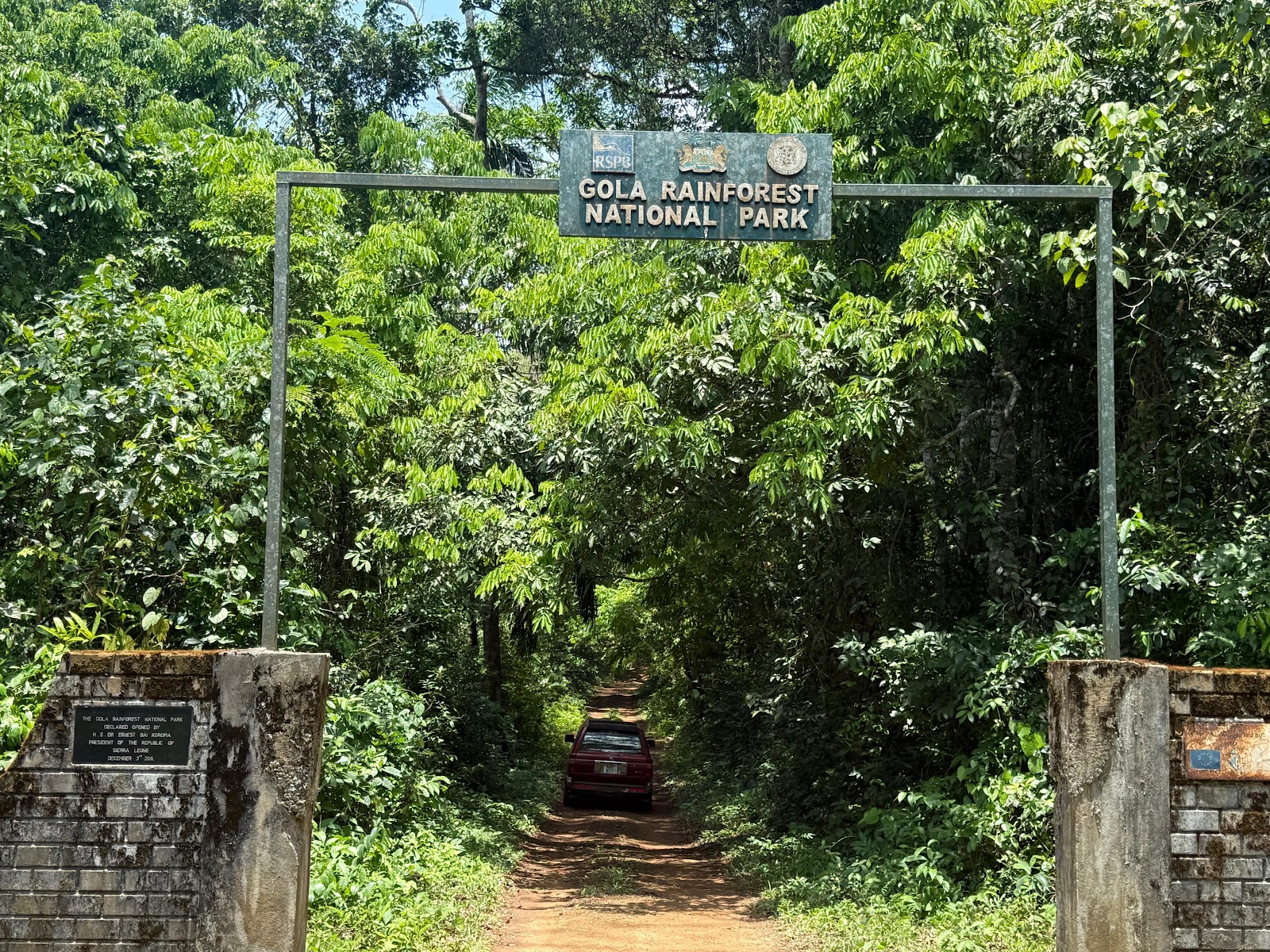By: Desmond Paine
Even in the face of remarkable improvements in national mobile coverage, the residents of the Gola Rainforest region in eastern Sierra Leone find themselves grappling with significant connectivity challenges that threaten their safety and hinder emergency response efforts.
The National Communications Authority (NCA) reports an impressive 75.30% 4G coverage across the country, with both 2G and 3G networks readily available in urban and many rural areas.
However, this progress leaves some corners of Sierra Leone, particularly the remote rainforest enclaves, in the shadows.
In these isolated communities, especially those nestled near the Gola Rainforest National Park, villagers often embark on treacherous treks to elevated vantage points, enduring steep climbs just to catch a glimpse of a reliable mobile signal.
“The picture shared with this report captures the solitary spot in our area where we can consistently access mobile networks,” explained a local source, gesturing towards a small clearing surrounded by dense foliage.
This solitary location has become a gathering point where community members congregate, sometimes scaling the heights of trees or hills, eyes trained on the sky in the hope of fortuitously snagging a connection.
The implications of this disconnection extend far beyond mere inconvenience; they pose a grave threat to health and personal safety. In instances of wild animal attacks, accidents, or pressing medical emergencies, the inability to swiftly make a call for help can have dire consequences, potentially leading to loss of life.
Local leaders, alongside deeply concerned residents, are urgently imploring telecommunications providers and the government to prioritize the expansion of network infrastructure into these underserved regions.
They emphasize that beyond the need for connectivity, the very essence of survival hinges on this critical issue.

Comments
Post a Comment